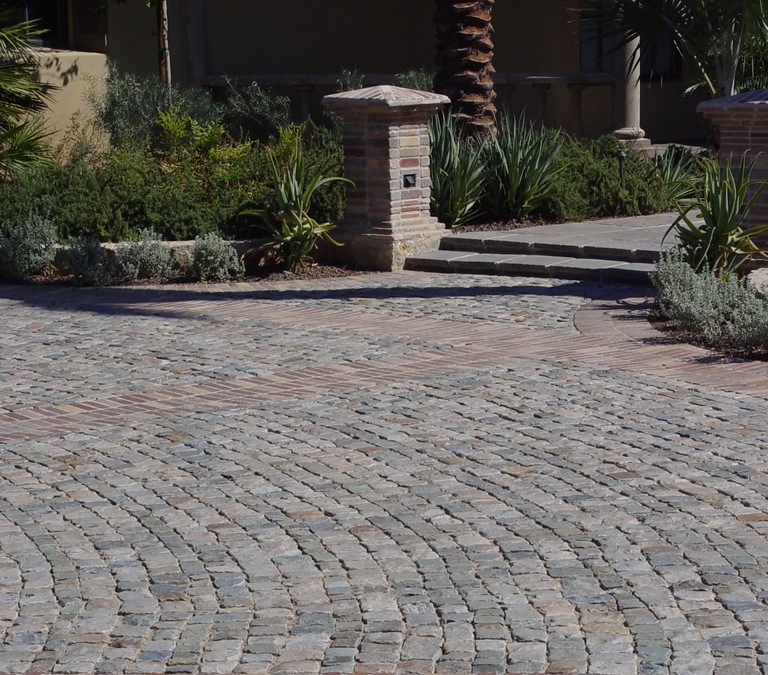Salvaged paving material, is a phrase used to describe unused or unwanted paving material that has value and can be sold or traded. In todays building environment, there are several similar key words used to describe building materials that promote sustainability; green, reclaimed, recycled, used and salvaged are the most familiar.
In a recent discussion by Bud Dietrich, AIA on the website HOUZZ, he discussed the attributes of utilizing salvaged materials. “While it’s good to be green, it’s a plus when we craft something beautiful at the same time. The depth of color, patina and richness of salvaged materials are also design factors that can make our homes truly wonderful,” wrote Dietrich.
We couldn’t agree more, and it’s why we are proud of the quality found in the Historic European Cobblestone® collection of salvaged paving material that is authentic, antique reclaimed cobblestone and curb, with a rich patina and color so rarely found in recycled cobblestone.
Historic European Cobblestone® is extracted from streets that must undergo construction and replacing them is not an option. Here are some key points to keep in mind when considering a salvaged driveway/walkway paving material:
* Antique cobblestone was not made with equipment that polluted the air. These cobbles and curb were quarried by physical labor, hand cut/trimmed between the 16th -20th century.
* Reclaimed granite or sandstone cobblestone has exceptional durability (already time-tested) and low to no maintenance.
* Cobblestone, when installed on a natural sand base, can be recycled again, re-used as many times as required.
* When installed on a natural sub-base, with sand joints, or a mix of sand and permeable sand stabilizer, this will allow for permeability which reduces storm water run-off and aids in the reduction of pollutants and reduces erosion.
For more information on antique reclaimed cobblestone, give us a call or visit: Historic European Cobblestone. com


Recent Comments